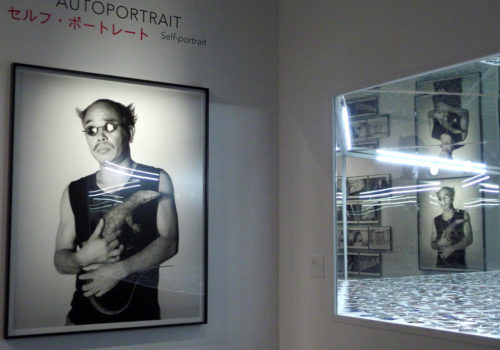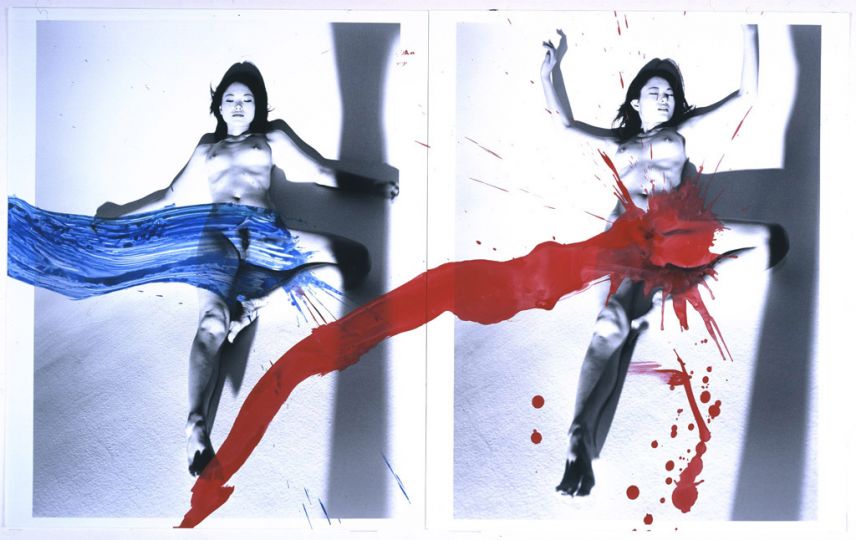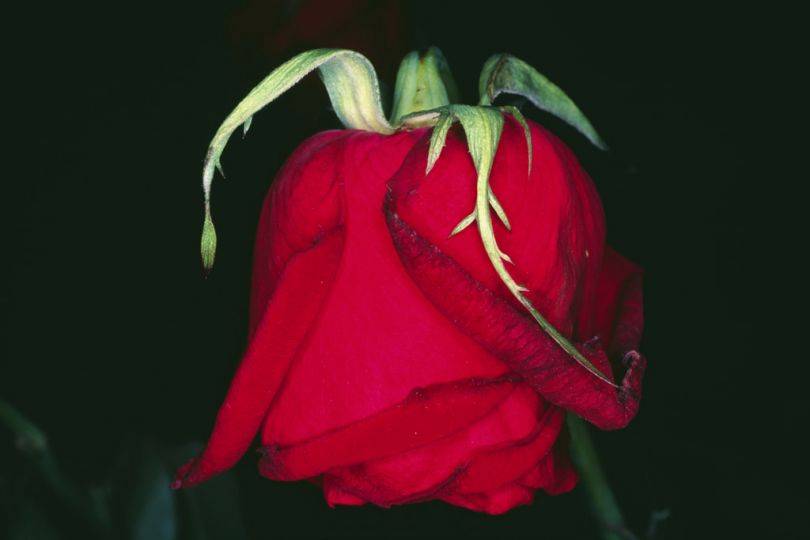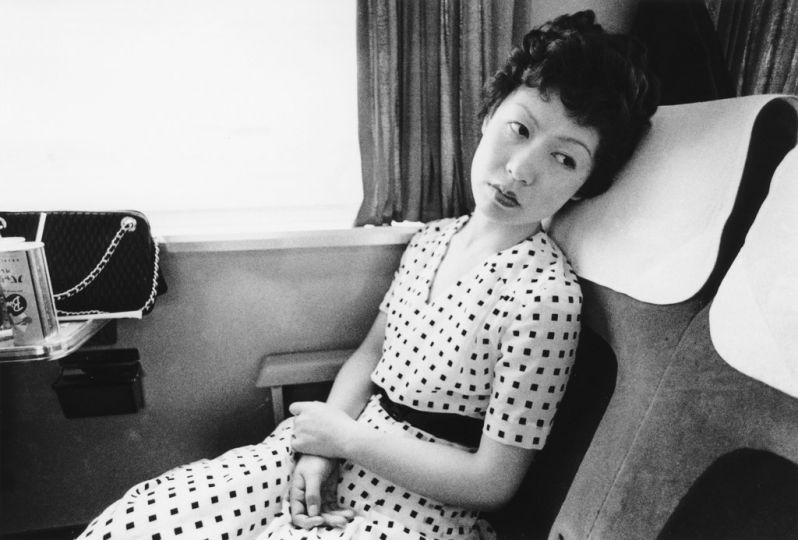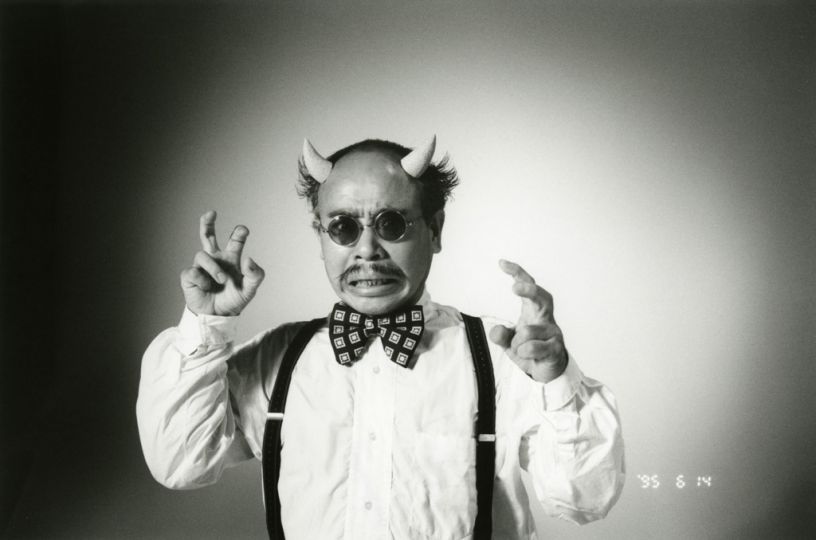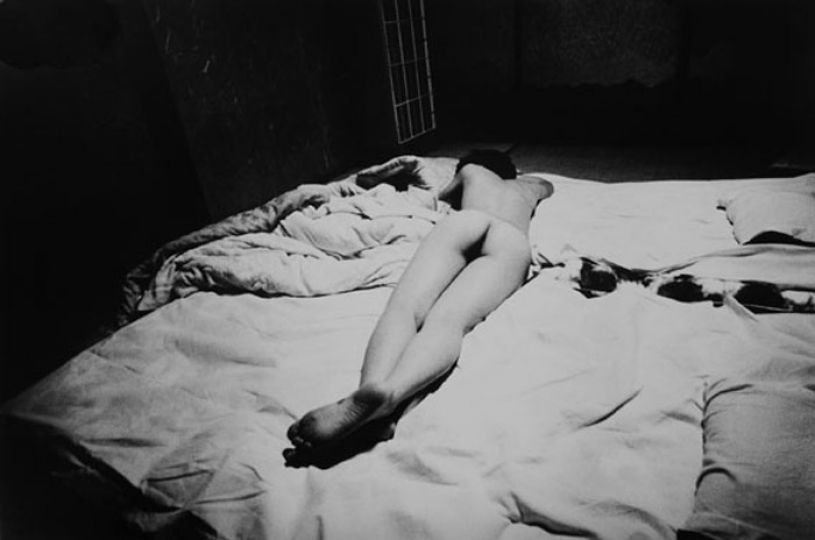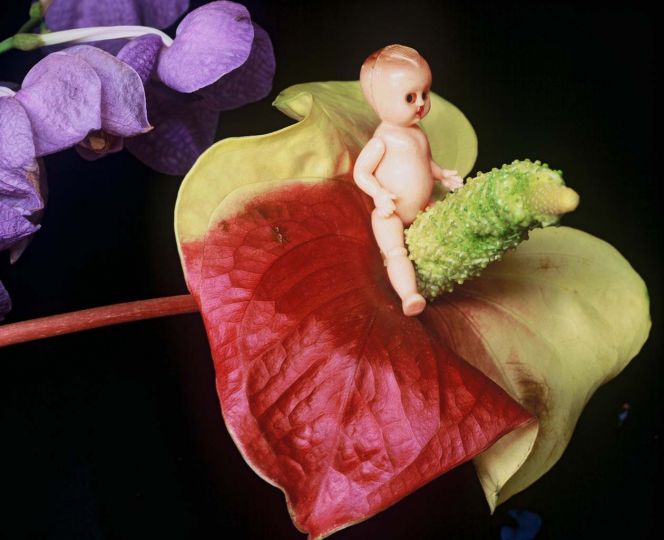I discovered my gender’s form when I, a preteen, bought my first box of tampons. The instructions inside showed me, in drawings, how to unwrap them, insert them, and put them in the proper position. That which I had inside of me resembled a cave. Then, I suddenly realized to what extent the difference between the visible, exterior, manipulable genitalia of boys and the hidden, interior, genitalia of girls, which only have a sexualized tactile understanding, shaped the world. For me to see my genitalia, as was recommended by the gynecologist in “OK Magazine”, I was going to have to put a mirror below my spread legs. No aesthetic shock; my genitalia was not made to be seen.
So, I spent my education and adolescence visiting, with my class, parks, gardens, and museums filled with male statues with impassibly exposed exterior bits and female statues with discreetly erased, blocked, invisible slits. In “Tragic Ways of Killing a Woman”, Hellenist Nicole Loraux shows us that, in the Iliad, if heroes gloriously die in combat, by spilling blood, virgins are hung. Like the caves, like the statues, they are obstructed. In photography, the representation of female genitalia, of a woman’s sexuality, brought me back to this constriction. The photographers were claiming the glorification of female beauty. The models, very beautiful, available, languorous, magnified, voluptuously lying down nude on pianos or wallowing in waves had nothing to do with me. And then there was Araki. Like everyone, the first time that I saw his women suspended, I was blinded by this sexuality that jumps out at your eyes. I say jumps out at your eyes while choosing my words carefully, because the position of the bodies, the opening of genitalia, it all grabs the retina. Then, little by little, I was able to see. I saw that everything was open. Genitalia wide open, the body wide open, sections of kimonos opened. And these bodies had faces of individuals. These women had expressions that were cold, calm, detached, ironic. Powerful. They had clues, at the foot of these silhouettes, which, like insects from Renaissance paintings, had allowed for the escape from the carefully arranged trap of the photo: toys, flowers, a little dinosaur. Humor. Distance. These women, at whose fully open genitalia we could leisurely look, impassibly exposed, had finally allowed you to experiment with this head-spinner of erotic dynamics all while violently pushing you from it. Those women made me feel real relief; a tension relaxed. Their face was more naked than their sex. And Araki played with infinite variations of the sex of these women, invisible, taboo, and a true scene of public debate, from “The Truth about Carmen Marie” to “My Love and Sex”. While avoiding Japanese censorship, he photographed genitalia decorated with flowers or pubic hair, which from close up resembled trees. Araki, who photographs like he breathes, monstrously productive, monstrously alive, enjoying a completely Nietzschean freedom, simply brought the female sex, the female genitalia, out of the shadows to be recognized, so that we can see it as a gas meter, food, a dead cat, a car, or flowers. The photography of Araki, who doesn’t claim to be committed, but just imaginative, transcends the whole world and turns something taboo and invisible into part of the real world in the same way as any other. He bends representations thanks to the weight of a life soaked in history (he was five years old in Tokyo when the Americans bombed the city) and his own history, his sublime love with Yoko, the famous “Sentimental Journey” and “Winter Journey”, where he photographed the last days of his wife just until she was in her coffin, as he had photographed his mother’s corpse until she was just bones after her cremation. Araki constantly creates his world in the joy and sadness of a clown, in pain, despair, bulimia, but never illusion. He says you must not believe what he says, that he lies all the time. Of course he lies all the time. He doesn’t care about the truth. He spends his time creating.

June 2016
4,95€
http://www.reponsesphoto.fr
CURRENT EXHIBITIONS
• Araki
From April 13th to September 5th, 2016
Commissariat : Jérôme Neutres et Jérôme Ghesquière
Musée national des arts asiatiques Guimet
6, place d’Iéna
75116 Paris
France
http://www.guimet.fr
• Polanography
Nobuyoshi Araki
From April 8th to June 25th, 2016
Galerie &co119
119, rue Vieille du Temple
75003 Paris
France
http://www.8c0119.com
BOOK
Araki Nobuyoshi
Editions Gallimard / Musée national des arts asiatiques – Guimet
By Jérôme Neutres
304 pages, 719 illustrations
39,90 euros
ISBN : 978-2-07-017955-8

